Consumption of mortar per 1m2 of wall plaster
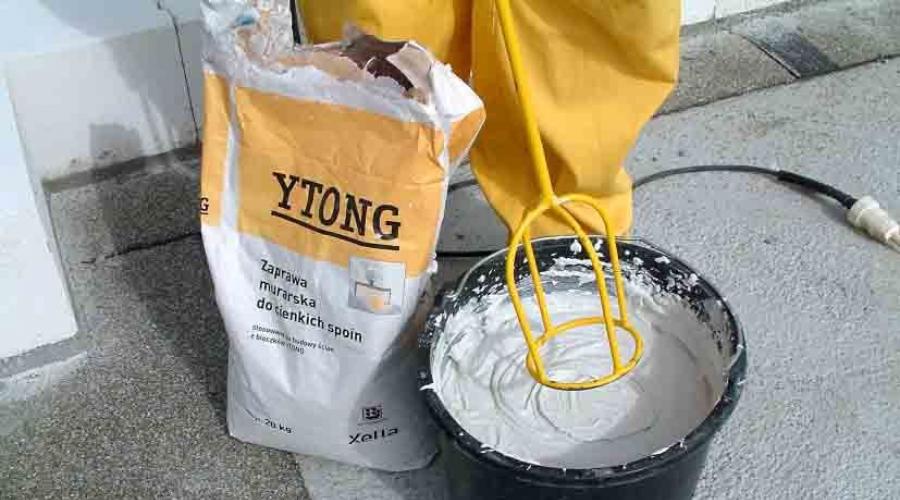
When performing repairs on your own, you need to be able to correctly calculate the consumption of building materials. This will help save money when buying them. The consumption of cement per 1 m2 of plaster depends on the quality of the surface on which we will apply the mortar, the technical characteristics of the mixture and the texture of the resulting coating.
Consider how to independently determine the consumption of the mixture, depending on the thickness of the layer and the type of plaster used.
Plaster mixtures used for wall decoration differ in the presence of certain components in the composition and their ratio. Subdivided into types:
| Type of mixture | Characteristics | Proportions |
|---|---|---|
| Cement - sand | They are used for rough interior and exterior finishing, resulting in a durable, moisture-resistant coating. Suitable for finishing walls, ceilings in unheated, wet rooms and for facade cladding. The constituent components are cement and various fillers: sand, plasticizers, etc. | The standard solution is prepared in the proportion of sand and cement 1:3. Cement grade M 400 can be diluted 1 part to 8 parts of sand. M 100 is mixed in a ratio of 1:2. The composition is selected depending on the type of surface, layer thickness, operating conditions. To increase plasticity, PVA glue is added to the finished mixture in a ratio of 50-100 ml per 10 liters of the finished solution. |
| Cement - lime | They have good adhesion to all kinds of surfaces. Used for finishing plinths, cornices made of stone and wood. Lime has bactericidal properties, protects the surface from mold and fungal infections. | 1 part cement and lime to 5 parts sand. For a bag of cement 25 kg we take 21 kg of lime, 280 kg of sand, 50 liters of water. |
The cement composition is most often used for rough wall decoration. A thin layer cracks during operation, therefore it is recommended to apply cement-sand mortars with a thickness of 3 to 6 cm, depending on the material from which the walls are made and the plastering technology used.
What affects the consumption of materials
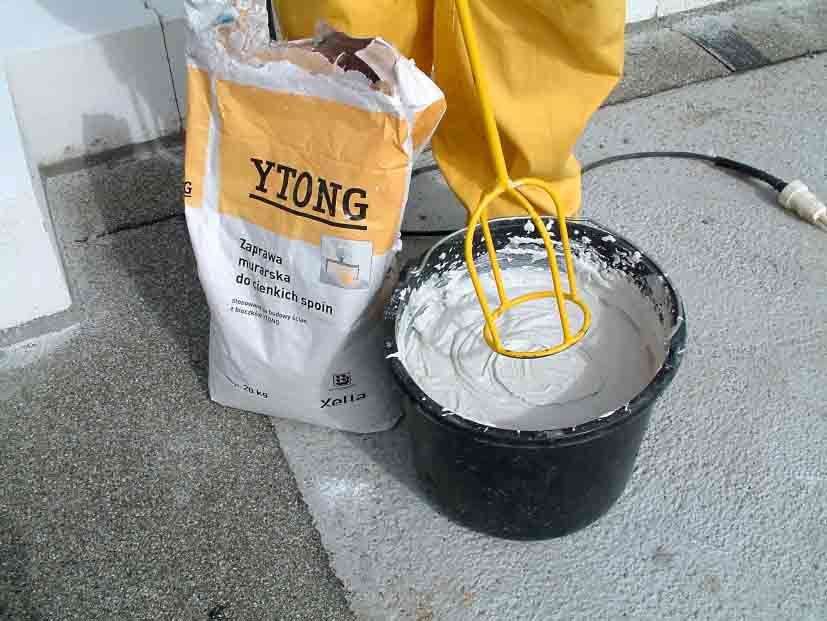 The amount of mortar depends on the degree of evenness of the walls. The more defects, the more mixture will be required.
The amount of mortar depends on the degree of evenness of the walls. The more defects, the more mixture will be required. The consumption of cement for wall plastering can be easily calculated independently. Consumption is determined based on the following components:
- type of solution and its components;
- how even the walls are, and what material they are built from.
In multi-storey buildings, the plane deviation in level is 2-2.5 cm. The greater the surface roughness, the thicker the layer will have to be applied.
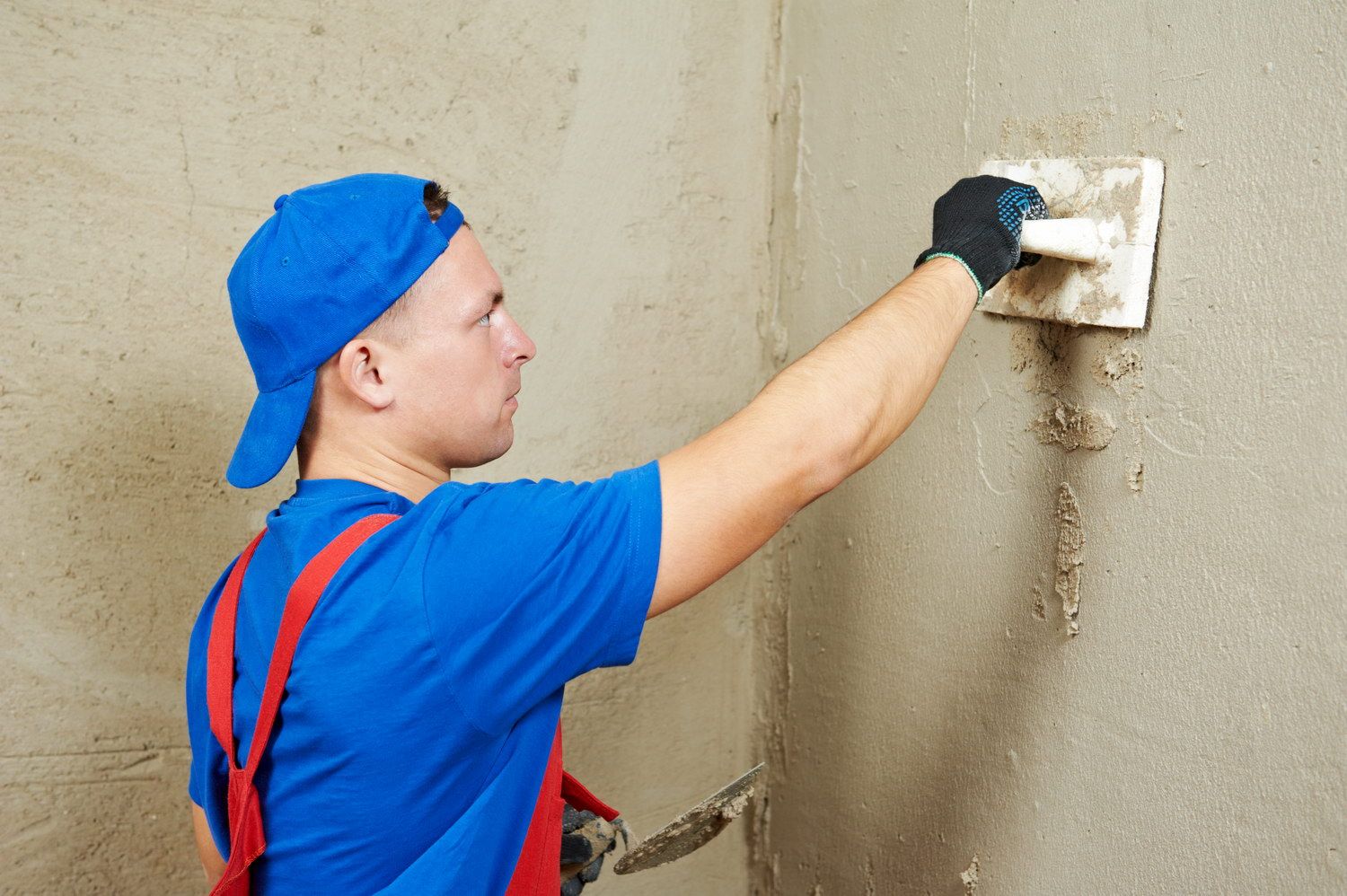 To reduce the consumption of the plaster mixture, the surface is treated with a primer in several layers. It contributes to the dedusting of the surface, reducing the absorbency and better adhesion of materials.
To reduce the consumption of the plaster mixture, the surface is treated with a primer in several layers. It contributes to the dedusting of the surface, reducing the absorbency and better adhesion of materials.
At the junction of two surfaces made of different materials, we mount a building mesh. Because of this, a thicker layer of plaster is required.
In the houses of the old building, you can find perfectly even walls, but more often the walls in them are crooked.
Calculate the layer thickness
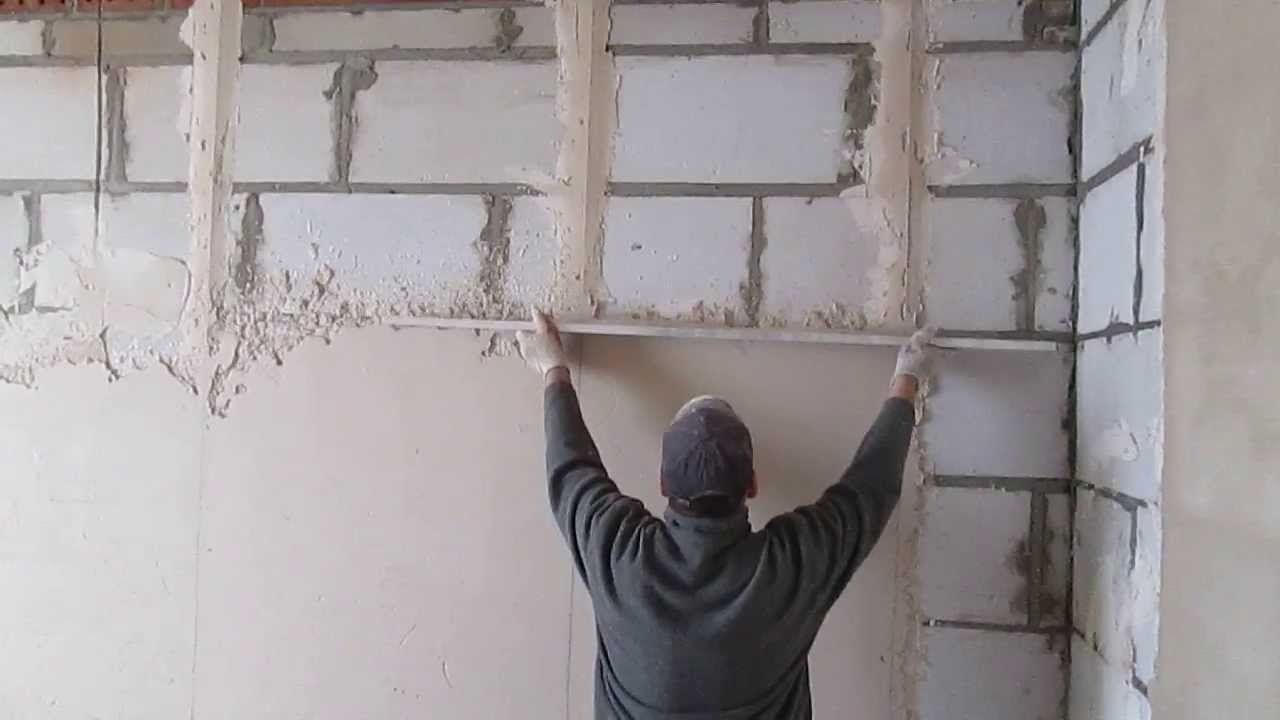 We determine the difference in the surface relative to the vertical plane using a plumb line or the installation of beacons.
We determine the difference in the surface relative to the vertical plane using a plumb line or the installation of beacons.
Methods for determining the curvature of walls:
- we lower the plumb line from the ceiling, find the most protruding point of the wall, then measure the depth of the depressions.
- as lighthouses we use long even slats; we apply them to the wall, and we see how curved it is; measuring holes in the wall.
For clarity, we give an example of calculating the thickness of a layer of cement plaster for a wall with an area of 12 square meters. m.
Suppose we installed 4 beacons, measured deviations along the plane of 2, 3, 4, 5 cm.
We add up the depth indicators of the depressions on the walls and divide the result by the number of beacons: (2 + 3 + 4 + 5): 4 \u003d 3.5 cm. The thickness of the plaster layer will be equal to 3.5 cm.
Standard consumption rates
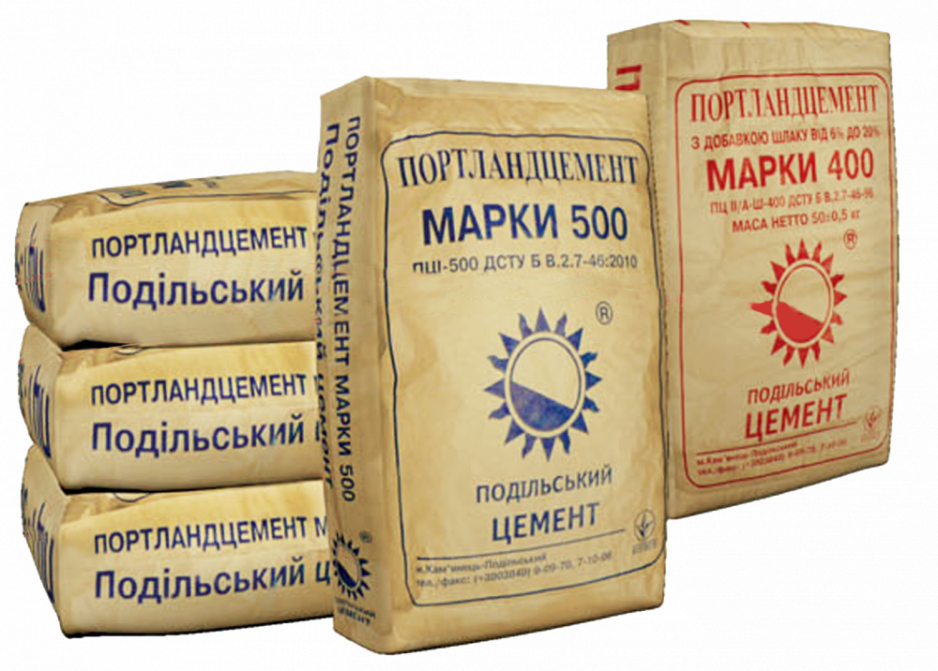 In one bag 25 kg
In one bag 25 kg The average consumption of cement for plaster is indicated on the package, taking into account a layer of 10 mm, it is individual for each manufacturer. If we apply the solution with a thickness of 2 cm, then we multiply the quantity by 2, etc. For plaster, the average consumption is 8.5 kg per sq.m.
If we take a bag of 25 kg, then 8.5:25 \u003d 0.34% of the amount of the bag will disperse the plaster per 1 m2.
Consider in the table the calculation of the consumption of cement for plastering walls, depending on the thickness of the applied layer at a standard consumption rate of 8.5 kg per square meter. m:
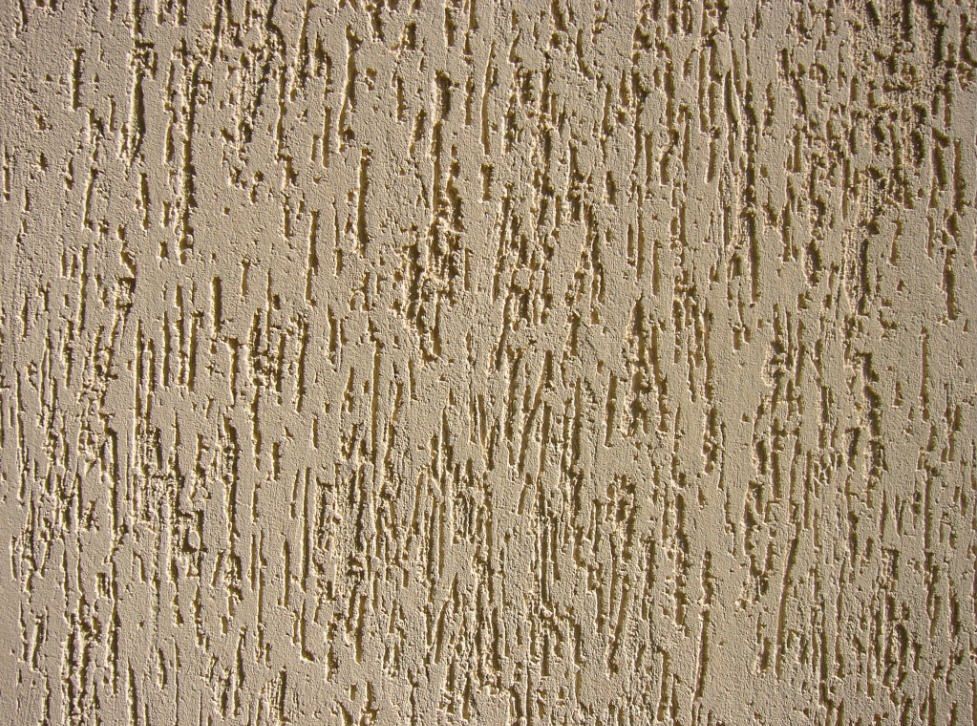 Marble chips give the mixture "Bark beetle" a relief
Marble chips give the mixture "Bark beetle" a relief Composition for finishing plaster Bark beetle contains marble chips, thanks to which a relief surface with an interesting structure is obtained. Standard consumption ranges from 2.5 to 4 kg. Each manufacturer indicates these indicators on the label.
Venetian plaster is applied with a layer of several millimeters, due to this, a small consumption of the mixture is obtained from 70 to 200 grams per square meter. m. Working with such material requires experience in order to qualitatively apply it to the surface, it is better to invite a professional.
Gypsum compositions are consumed in the ratio of 9 kg per sq. m.
When buying a plaster mixture, you need to add 10% to the estimated amount of material so that in the process of performing work you do not have to run to the store.
We plaster with our own hands
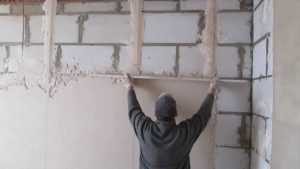 Apply three coats of plaster
Apply three coats of plaster After we have calculated the required amount of material and purchased the dry ingredients, we proceed to the work.
Step-by-step instruction:
- We prepare the surface. We clean the wall from dust and flaking building materials. We clean rust and oil stains.
- We prime the surface in 2-3 layers, each subsequent one is applied after the previous one has dried.
- The plaster is applied in three layers. First of all, we spray a solution of medium consistency on the wall, this can be done by hand, with a spatula or thrown from a ladle. Then we rub the composition over the surface with a rule or a grater: we apply a thickness of 4-5 mm on a concrete surface, up to 7 mm on a brick one, and up to 10 mm on wood.
- The second layer is the main one. We knead the solution a little thicker than for spraying. With a spatula or trowel, we apply the composition to the wall and rub it over the surface, level it.
- We apply the last layer with a thickness of no more than 4 mm, for which we prepare a more liquid solution. We apply a topcoat on a moistened base layer. After setting, but before the surface dries, we perform grouting. For more information about plastering work, see this video:
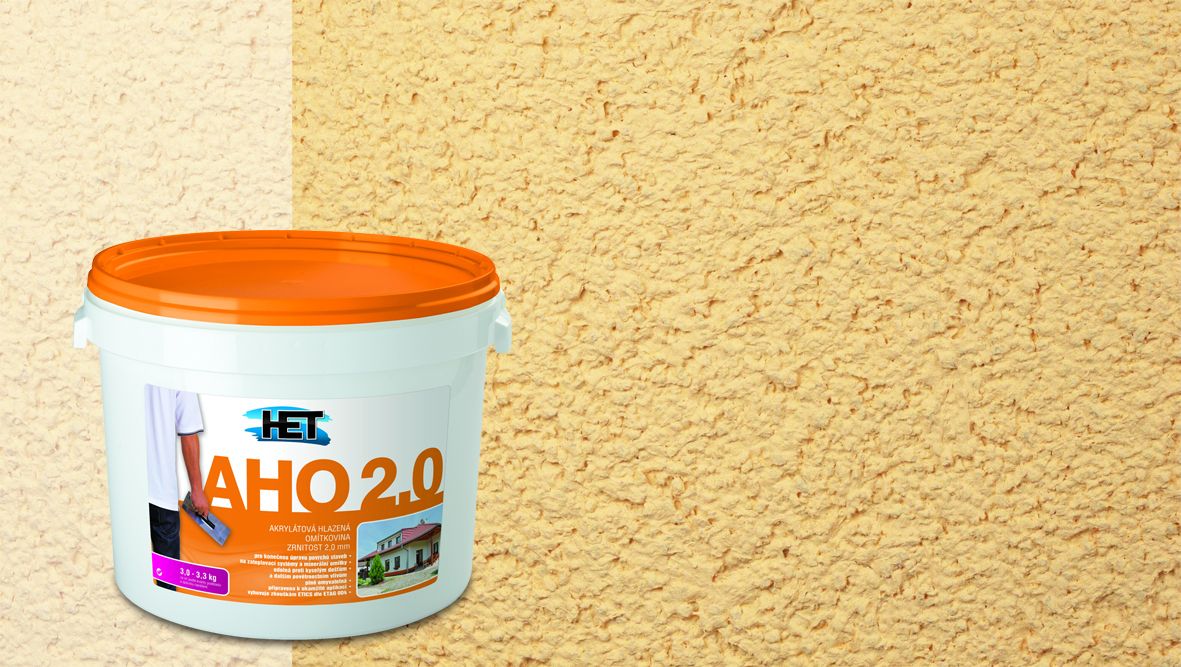 A variation of wall plastering is beacon finishing, which allows you to create a perfectly flat surface.
A variation of wall plastering is beacon finishing, which allows you to create a perfectly flat surface.
The guides are set strictly according to the level at a distance slightly less from each other than the width of the rule. Beacons can remain in the wall or be removable.
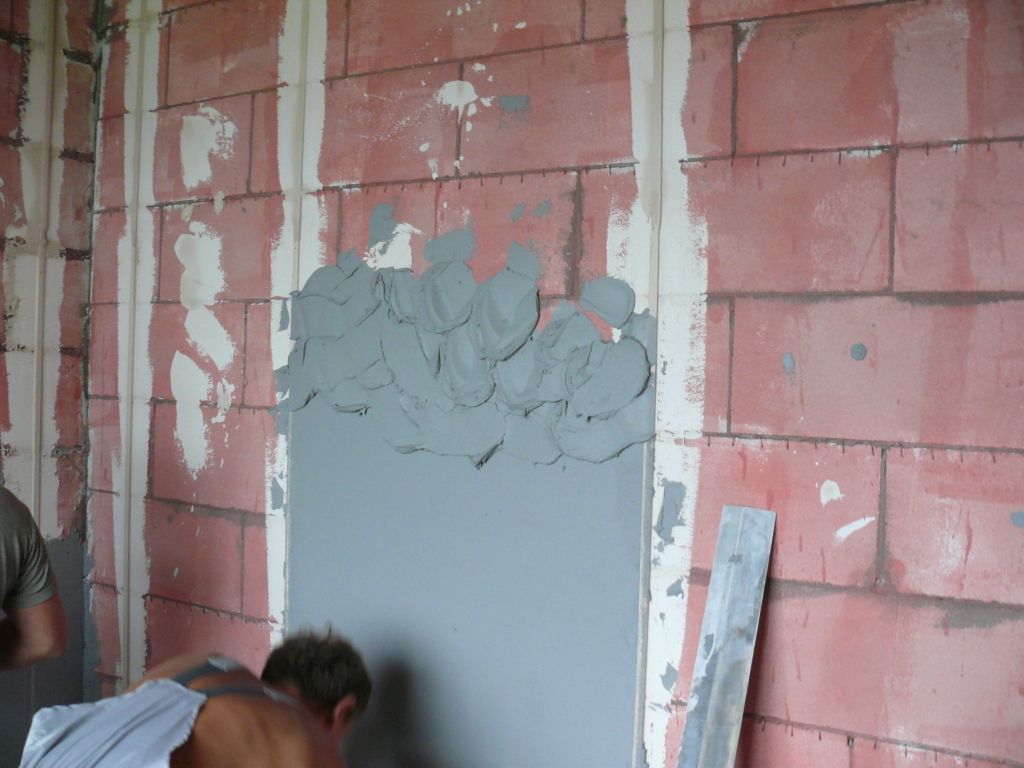 Rule from the bottom up
Rule from the bottom up Stages of applying plaster on lighthouses:
- The area between the beacons is filled with mortar, leveled using the rule. We fill in all the voids and carefully level.
- We carry out the covering, we rub the surface well.
It is necessary to prepare such a volume of the solution that we have time to apply before it solidifies.
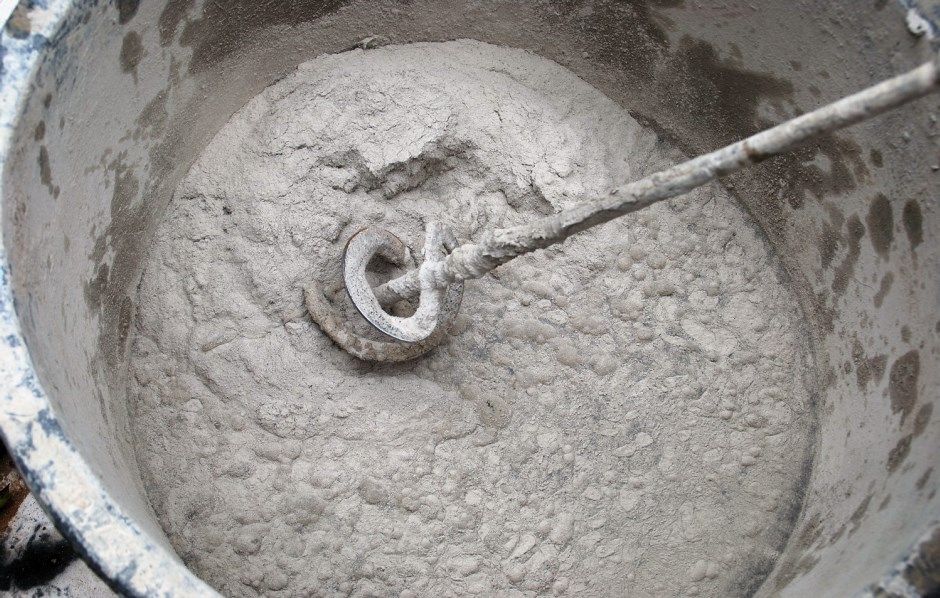 Be sure to study the calculations of plaster consumption before starting work
Be sure to study the calculations of plaster consumption before starting work Repair is not complete without leveling the walls and performing plaster work. The surface treated with a cement composition serves as a reliable basis for finishing.
In order not to make a mistake when purchasing materials for self-repair or to control the builders, you need to know how much material is consumed. After studying this article, you can easily calculate these indicators.